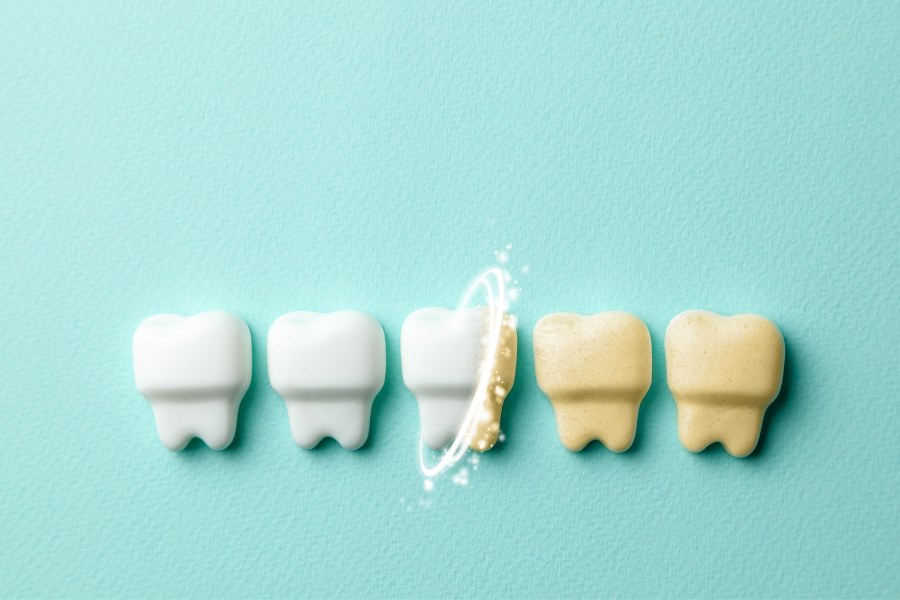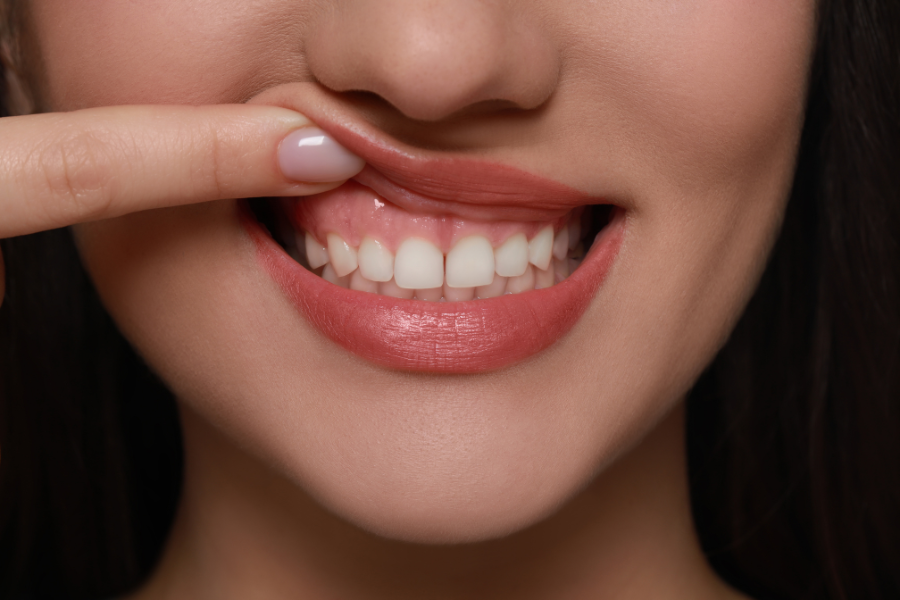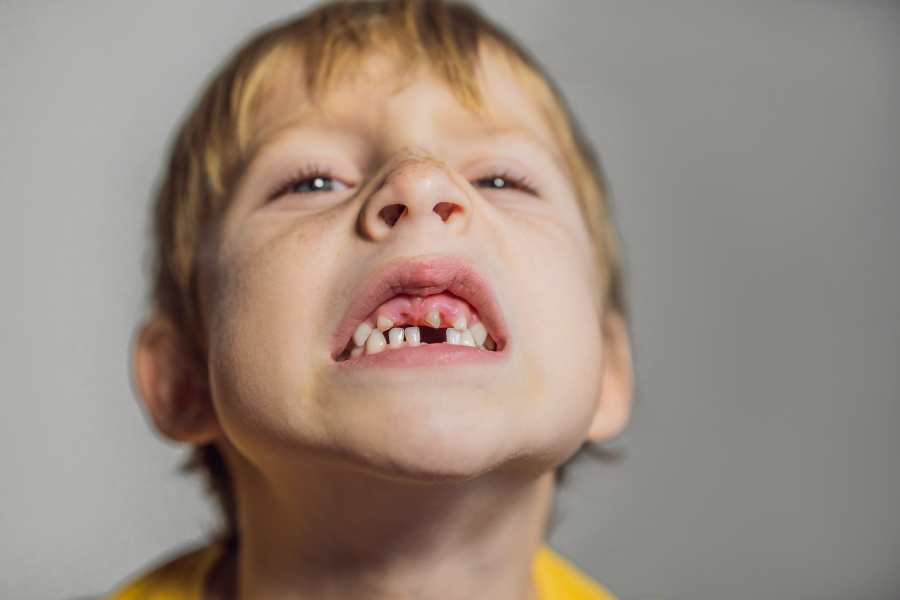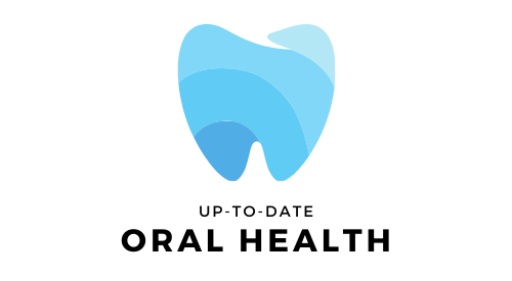Teeth stop growing when you have 32 teeth; they are permanent and will stay in your mouth forever. But to keep those teeth healthy, you must have an oral hygiene routine.
They go through changes throughout our lives, including two types of teeth. First, we have the deciduous dentition, known as baby teeth, which is the initial temporary dentition; soon after this change, we will have the permanent dentition.
Its essential functions are to bite, crush food, and facilitate digestion, helping our smile and appearance and raising self-esteem.
Contents
- 1 When the teeth stop growing
- 2 At what age do our teeth stop growing?
- 3 Why do teeth delay growth?
- 4 Main influences on tooth growth
- 5 The Various Types of Teeth
- 6 Baby teeth x adult teeth
- 7 Maintaining oral health over the years
- 8 Uncovering the anatomy of teeth
- 9 Do our teeth grow with age?
- 10 The child teething process
- 11 FAQ
- 11.1 How long do permanent teeth take to emerge?
- 11.2 At what age do posterior molars emerge?
- 11.3 Is it possible for teeth to grow after age 18?
- 11.4 Early loss of baby teeth: should you be worried?
- 11.5 Is the delay in permanent teeth a cause for concern?
- 11.6 What are bumpy ridges on new teeth?
- 11.7 Why do new permanent teeth have a yellow tint?
When the teeth stop growing
Once you reach adulthood, you will have 32 permanent teeth throughout your life. It is very important to have good hygiene to keep all your teeth healthy.
Early teething: 5-8 months
The first teeth are baby teeth, but babies only have gums before these teeth come in. Generally, when the baby turns 5 or 8 months old, baby teeth begin to appear. Eight teeth emerge, 4 at the top and 4 at the bottom, called incisors.
Tooth growth in young children: 16-23 months
The next teeth to emerge are the first molars, the canines, and the second molars. There are no premolars in primary teeth, only in permanent teeth.
Dental Development in Children: 6-13 Years
At this stage, the child has complete baby teeth and is starting to change teeth for permanent teeth.
How teeth develop during adolescence
During adolescence, tooth development often becomes misaligned; We call this the ugly duckling phase and it affects self-esteem. It is necessary for the person responsible to take the teenager to a specialist orthodontist for orthodontic treatment to straighten the teeth.
Dental Changes in Adulthood
In adulthood, we have all our permanent teeth complete; the greatest attention at this stage is to hygiene care, as the loss of any permanent teeth will only be replaced with artificial teeth.
What happens to teeth after age 50?
Some problems may arise after the age of 50, mainly sensitivity, cavities and gingivitis. Therefore, the more careful you are with your hygiene since adolescence, you will avoid these problems when you reach that age.
At what age do our teeth stop growing?
Teeth stop growing at age 12, except for wisdom teeth. But girls’ teeth tend to come in first than boys’, the most important thing is not the moment, but the sequence in which they come in. That’s why it’s very important to pay attention.
Why do teeth delay growth?
Sometimes, it can be a genetic factor or a lack of nutrients. Premature babies are more likely to delay teething.
Main influences on tooth growth
Nutrients are essential for tooth growth, so it is very important to have a good diet to have strong and healthy teeth.
Genetic Factors
It influences the anatomy of the teeth and their dental formation. There are some types of dental malformation, such as redundant teeth (extra teeth), agenesis (absence of teeth), and conoid teeth (small, cone-shaped teeth).
Food and dental development
Developing healthy eating habits helps a lot in the formation of teeth, especially to have healthy and strong teeth.
Effect of oral habits on teeth
Oral habits distort the shape of the dental arch, altering the normal growth pattern and damaging the occlusion (bite).
The Various Types of Teeth

We have the following teeth: Central incisors, lateral incisors, canines, premolars, and molars. Each one has its function that helps in the chewing process, facilitating digestion in the stomach.
The Molars
They are the last teeth to emerge; their function is chewing, helping with occlusion, and supporting the lips and cheeks.
Canines: the pointed teeth
Canines are long, pointed teeth; their main function is to guide the position of the other teeth. They help you cut and tear food when you speak and work together with the incisors to help form words.
Incisors: the front teeth
Their main function is to cut food, known as front teeth. There are 4 on top and 4 on the bottom, called central and lateral incisors.
The role of premolars
These teeth work together with the molars when chewing due to their occlusal area. Its position is after the canines and before the molars.
Wisdom teeth: those that grow late
The third molar (wisdom tooth) has the same chewing function as the other molars. He is usually between 17 and 21 years old. If it takes a long time to hatch, the ideal is to look for a professional.
Baby teeth x adult teeth
Baby teeth are made up of 20 temporary teeth. Permanent teeth comprise 32 teeth, which will remain in your mouth forever.
Do adult teeth develop below baby teeth?
Yes, when the baby teeth start to become soft, the permanent teeth push the baby teeth so that they fall out, and the permanent teeth emerge.
Maintaining oral health over the years
To have good dental health, it is essential to create consistent oral hygiene habits and adhere to a healthy diet and regular professional care.
Therefore, follow the following helpful tips for healthier, stronger, and more beautiful teeth:
-Gently brush your teeth twice a day. This way, it will be possible to keep your gum line and teeth healthy;
-Don’t forget to use dental floss to remove any food residue that remains on the gums;
-Use an antibacterial mouthwash; this way, you will complete your hygiene correctly;

In addition to maintaining good habits related to oral hygiene, pay attention to your eating routine. Foods rich in sugar damage tooth enamel, causing cavities. Ideally, you should avoid sugary foods to prevent this problem, or if you consume sugar, brush your teeth as soon as you finish eating.
Another major villain of healthy teeth is bad habits, such as smoking, which slowly destroys teeth, in addition to causing diseases that can lead to tooth loss.
Teeth grinding is also harmful to the health and appearance of your teeth, as it causes tooth wear, gum disease, headaches, and muscle pain. Therefore, if you suffer from this problem, seek professional dental help.
Another important tip is to maintain a routine of periodic dental appointments, as the dentist is the appropriate professional to monitor your dental health, in addition to carrying out procedures to help you keep your teeth healthy.
Finally, enrich your diet with foods that remineralize teeth, such as milk and yogurt, as they are rich in calcium and phosphate. The minerals present in these foods make teeth more robust and more resistant. Now, you have all the tips to have healthy and robust teeth over the years.
Uncovering the anatomy of teeth
We have the crown, which is the tooth’s upper part, and each shape determines the function of each tooth. The line where teeth and gums join, where plaque and tartar can form with poor hygiene, and the root, which is the part of the tooth that is inside the bone, keeps our tooth attached to the bone.
Do our teeth grow with age?
Teeth erupt until age 12; after that age, they stop emitting, except for wisdom teeth, which can erupt between the ages of 17 and 21.
Explaining gingival recession

Gum recession occurs when the gums rise, and the root is exposed, causing sensitivity due to the exposed root.
Dealing with advanced gum disease
Advanced gum disease is called periodontitis; it happens when inflammation of the gums spreads to the bone. It is necessary to look for a periodontist professional to carry out periodontal treatment, in addition to dedicating time to hygiene using dental floss and brushing.
The child teething process

The first teeth to emerge are the front ones, followed by the back ones, and the set of teeth will only be complete when the 20 baby teeth come in; the child will be 3 years old.
When do children’s permanent teeth emerge?
Children’s teeth generally emerge at age 6, and permanent teeth appear shortly after tha
How many teeth does a child have?
Children have 20 baby teeth in their mouths, 10 at the top and 10 at the bottom. These teeth are temporary, and they reserve space for the arrival of permanent teeth.
Now we know the types of teeth and the anatomy of each tooth. We also learned how important it is to have good hygiene to have healthy, permanent teeth free from disease and cavities.
FAQ
How long do permanent teeth take to emerge?
From age 6 onwards, permanent teeth begin to erupt, leaving the baby’s teeth soft. Then they fall out, and the permanent teeth tear through the gums, creating a tiny tip in the mouth; over time, it erupts completely.
At what age do posterior molars emerge?
The first upper molars begin to emerge from 15 months of age. At 18 months of age, the inferior ones are born.
Is it possible for teeth to grow after age 18?
Only the third molars, known as wisdom teeth, grow at this age.
Early loss of baby teeth: should you be worried?
Several reasons can cause early loss of baby teeth, including organic disorders, pacifier use, and childhood tooth decay. But there’s no need to panic; in such cases, the ideal is to look for a professional.
Is the delay in permanent teeth a cause for concern?
Delays in birth can occur due to lack of space or even trauma in the region, leaving the gums more fibrous. In these cases, the pediatric dentist is ideal to assess the situation and make a diagnosis to resolve this delay.
What are bumpy ridges on new teeth?
They are found on the back of the teeth, near the edges of the teeth, and on the incisors, canines, premolars, and molars. Its function is to prevent food from escaping from the chewing area.
Why do new permanent teeth have a yellow tint?
Baby and permanent teeth have dentin, which is responsible for the color of the teeth. Permanent teeth are thicker, which makes the tooth appear more yellowish.
